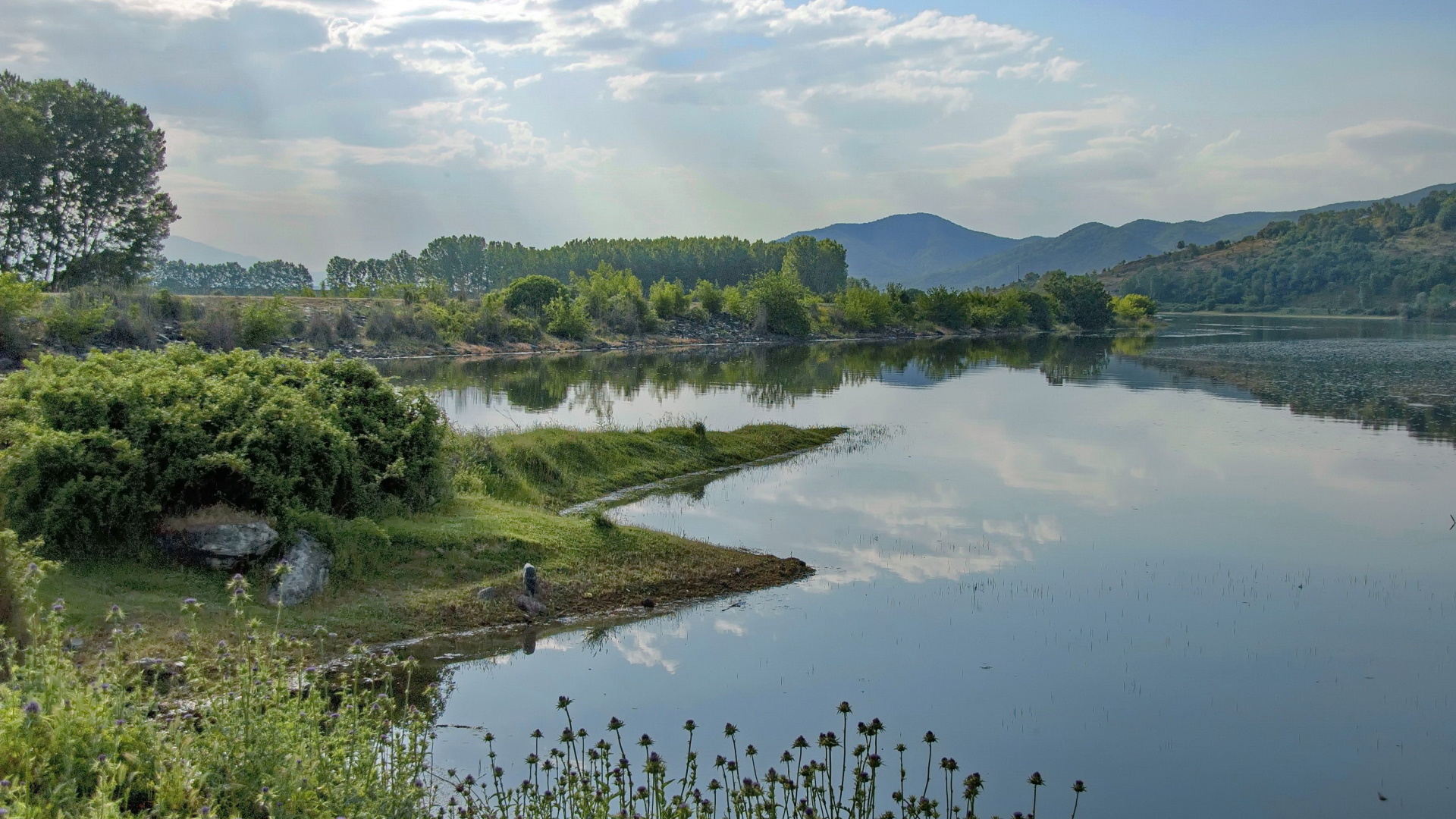Natural ecosystems are threatened, and human life is endangered because of our unwise choices. The natural environment is bleeding, while at the same time there is a rapid destabilization of the global climate, due to the reckless exploitation of nature and human interventions.
Unfortunately, the ecological disasters in our shared "home" multiply at an increasing rate. There will be more periods of drought, more frequent heat waves, greater footprint of greenhouse gas emissions, numerous catastrophic floods, more devastating wildfires, ecosystem degradation, habitat disturbance, lack of biodiversity, more dangerous infectious diseases for humans because of suspended particles in the air and the pollution of water resources and food, etc.
Therefore, we must take urgent action against climate change, as we are the ones who are causing it. We ought to take the lead in environmental actions by taking specific initiatives, both individually and collectively, as members of a local community.
Text by:Dr. Zannis G. Miniotis
The recent Declaration of the Mediterranean Summit of the European Union EUMED9, held in Athens on September 17, 2021, on climate change and the environment in the Mediterranean, stressed the need to take urgent action to address the loss of biodiversity. At the same time, there was a commitment for the better management of the network of Protected Areas and Habitats of the European Union, thus contributing to achieving the goal of protecting 30% of the EU's maritime and coastal areas until 2030.
On the other hand, it is true that the management and protection of natural wealth in Greece has lacked a rational, strategic, and effective approach since the establishment of the Greek Constitution.
From the explicit wording of the current Greek Constitution (1975/86) and articles 24 and 117 par. 3 and 4, referring for the first time to the protection of the environment, only in the last 20 years or so has there been an implementation of some National and International initiatives and Programs, related to the required management of Habitats, Protected Areas and the protection of the respective endangered species, populations, and bio-communities.
The relevant legislation and case law for the preservation and protection of the natural environment, mainly concerns the assurance of the social and economic development of a place and not so much the special protection of nature itself.
At the same time, our country is dramatically lagging in the implementation of an integrated ecological policy, with irreparable negative consequences for the natural environment and safe human living.
This indifference by the state, lack of environmental awareness and inaction to overcome the environmental crisis leads to the continuous reduction of biodiversity and habitat degradation, the destruction of ecosystems and the loss of many species of the local flora and fauna.
Moreover, according to the European Union Habitats directive 92/43/EEC, Greece must preserve biodiversity by creating conservation areas, ensuring in this way the protection of flora, fauna, and habitats.
It is widely accepted that there is a need to protect the natural ecosystem, which man is a part of and on which his quality of life depends, and to pursue sustainable development, in order not only to meet the current social needs, but also to maintain the ecological balance in the spirit of intergenerational solidarity and the corresponding right of future generations, to meet their needs.
Some institutions of the country are moving, albeit slowly, in the right direction of the management of habitats, protected areas and the protection of endangered populations.
In order to investigate the issue that concerns us, we examine at this point a positive example of the management of Habitats and Protected areas in the Greek area, which we quote below, with the aim of highlighting the correct management and the dire need for more of their protection:
The wetland of Lake Kerkini in Serres
Lake Kerkini is one of the few remaining large wetlands in Greece, of special natural beauty and one of the most important in Europe, with international ecological interest.
This wetland of rare aesthetic beauty includes a large part of the river Strymonas and other tributaries, forming an area rich in flora and fauna.
In the coastal forest of willows, plane trees, poplars, and tamarisk, 276 recorded species of endangered birds, such as cormorants, silver pelicans and herons, find shelter. Several of these species are rare and they are protected by the Ramsar Treaty[1], Greek and European Legislation. In addition, the lake provides shelter to many species of fish such as carp and wells catfish, as well as many amphibians and reptiles.
A large number of water buffalo graze on the shores of the lake and various mammalian bio communities of the rich fauna of the area, such as wolves, jackals, foxes, hares, deer, etc. gather around it.
Although human interventions in this wetland are few, for example, providing the necessary food for the birds in some periods of drought, the strict prohibition of any kind of hunting, the protection of the area, the environment and the animal friendly agrotourism activity, the study of migrations and dispersal of animals through tracing[2], etc., in itself is tangible proof of the fact that only in this way will man be able to live in a harmonious, symbiotic relationship of interdependence and interaction with nature, traversing naturally the evolutionary cycle of life instead of seeking absolute sovereignty upon it and subordination of nature according to human desires.
[1] The Ramsar Treaty, signed in 1971 in Iran and approved by Greece in 1974, aims at halting the worldwide loss of wetlands and conserving, through wise use and management, those that remain.
[2] The "ringing" method, first proposed by CGJ Petersen in 1896 and used by F. Lincoln in 1930 to estimate habitat, population density and other demographics and biomarkers of the duck population in North America, is widely used in the international community, for the understanding of ecosystem processes, the conservation of biodiversity and the provision of scientific information, aiming for the natural environment’s sustainable development.
